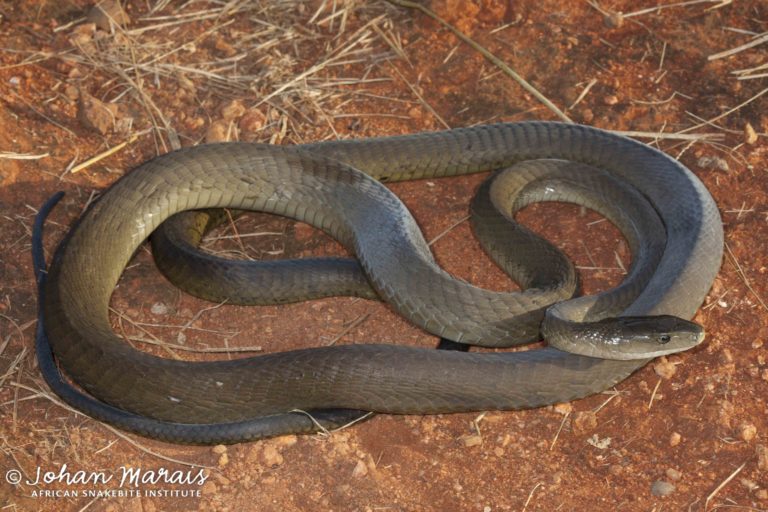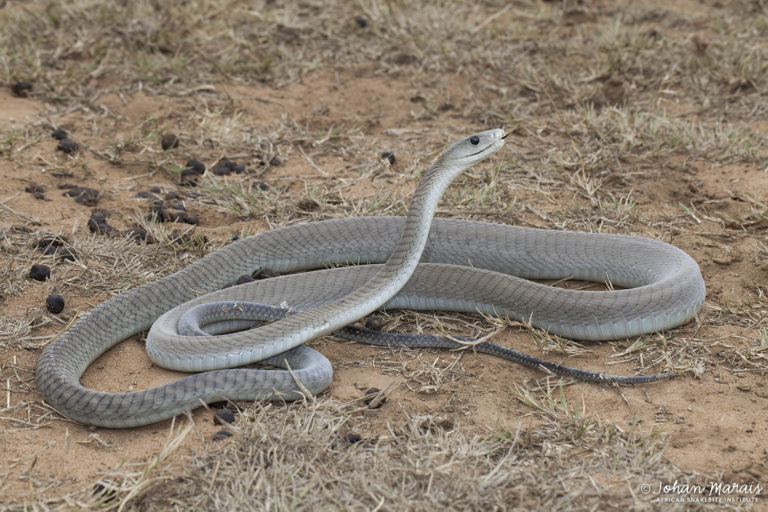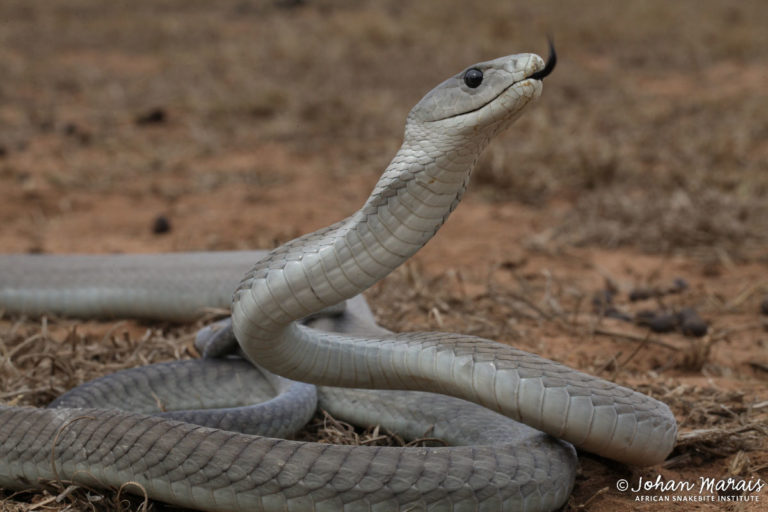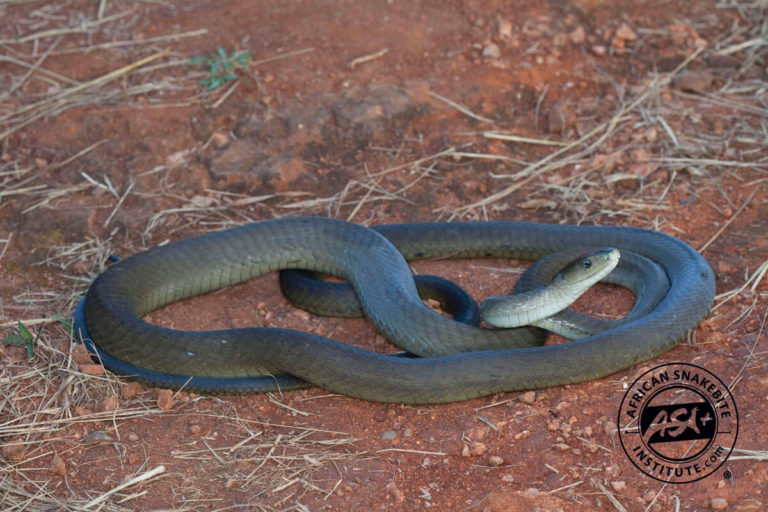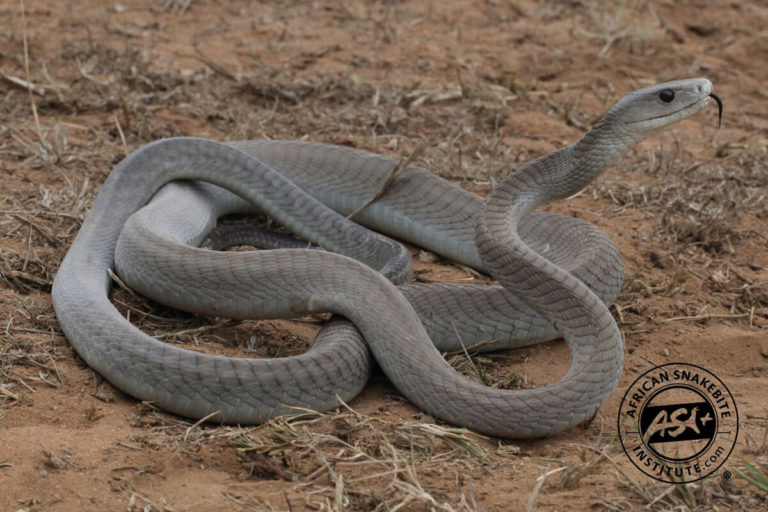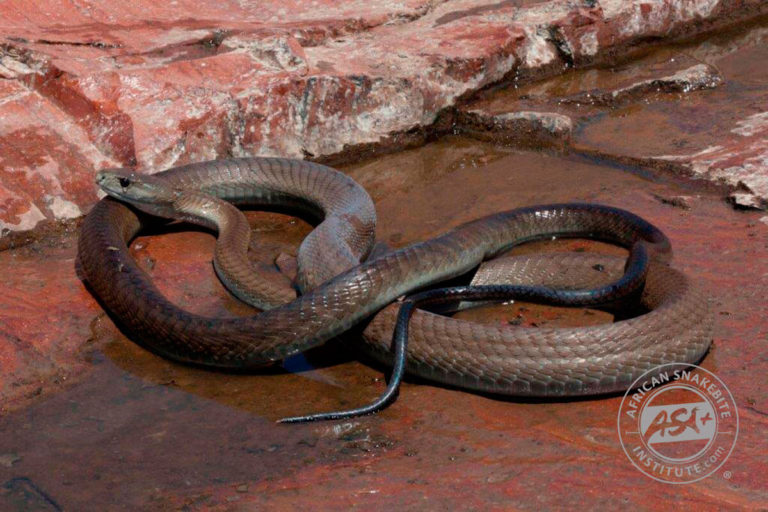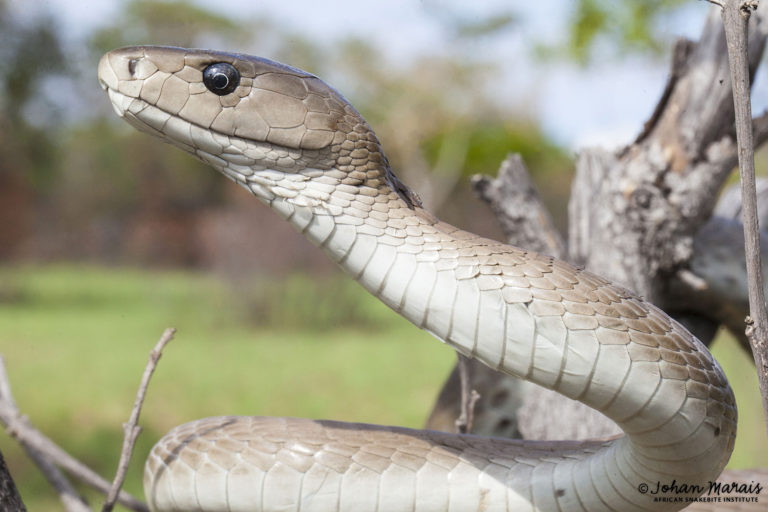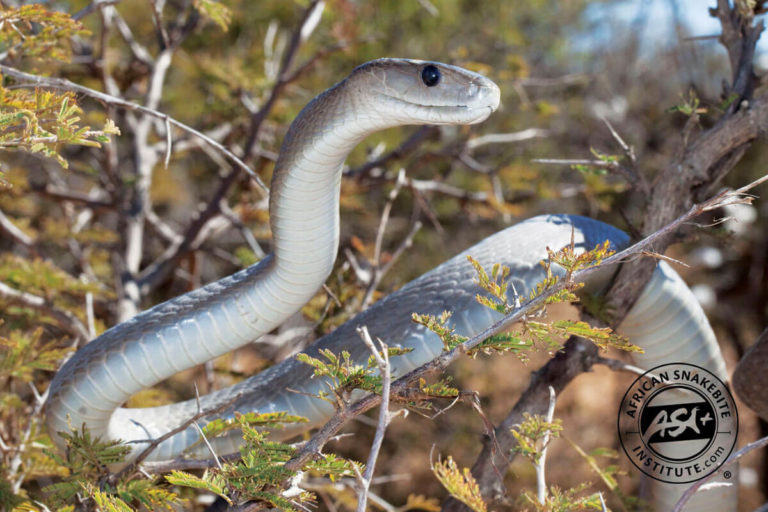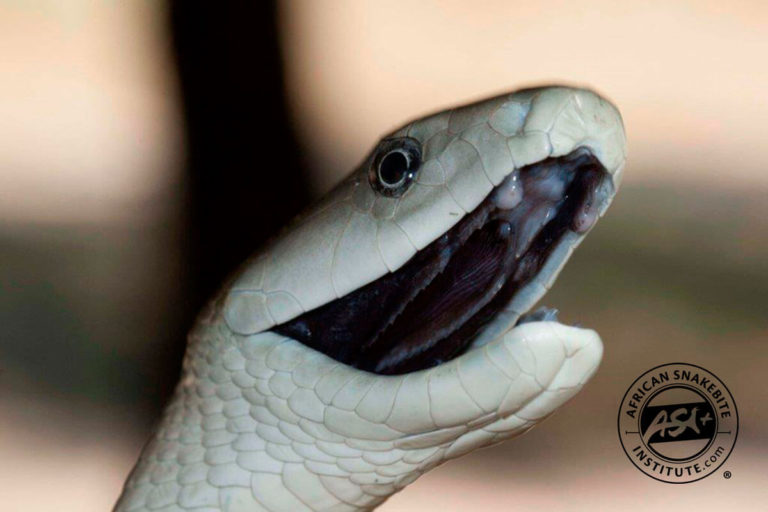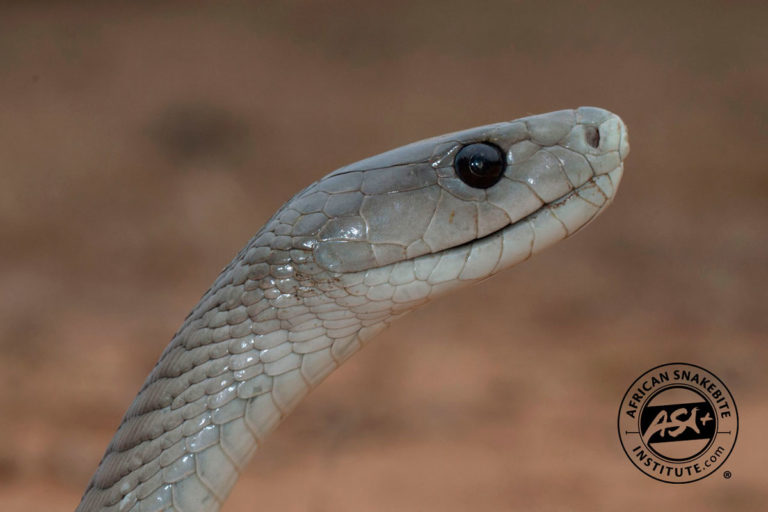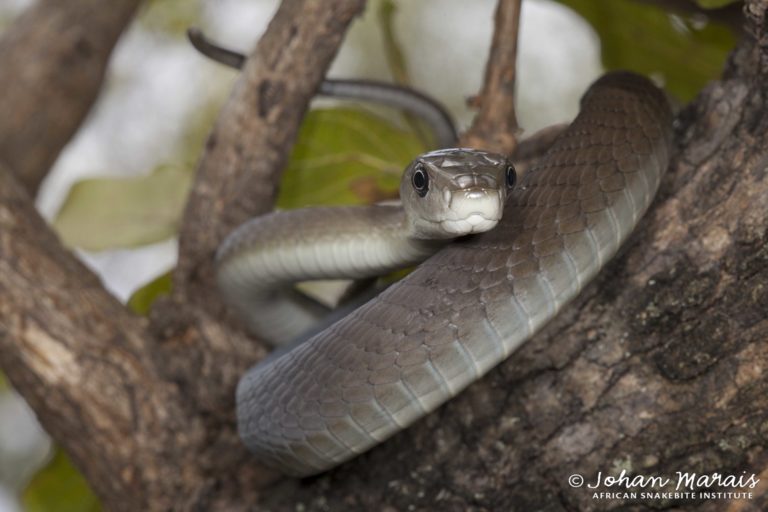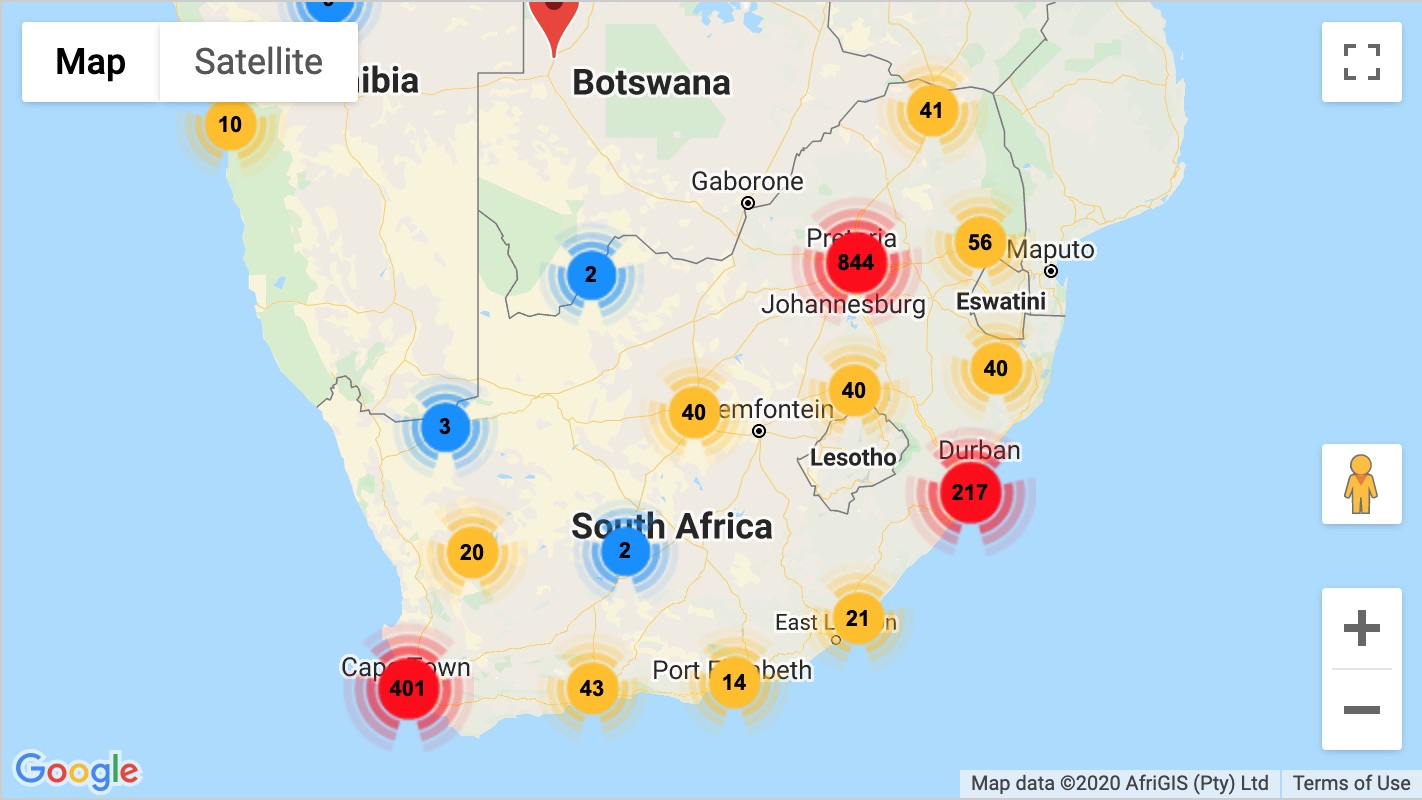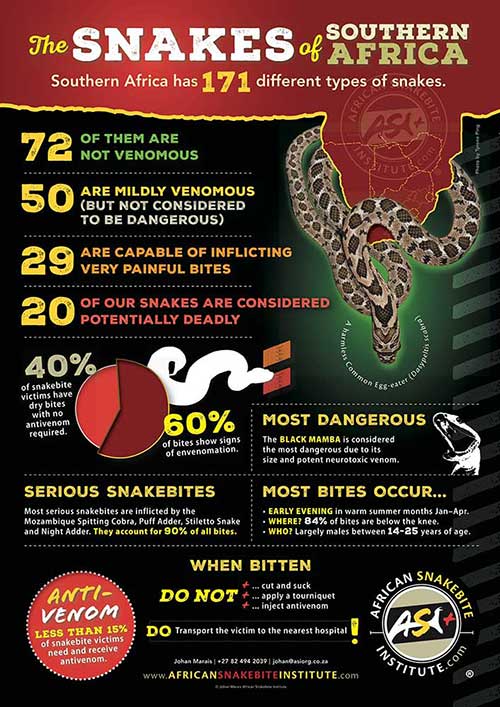PLEASE NOTE. Our offices will be closed from the 12th of December 2025 – until the 5th of January 2026. Last date for orders will be the 8th of December 2025. Any orders placed after the 8th of December 2025, will only be dispatched after the 5th of January 2026.
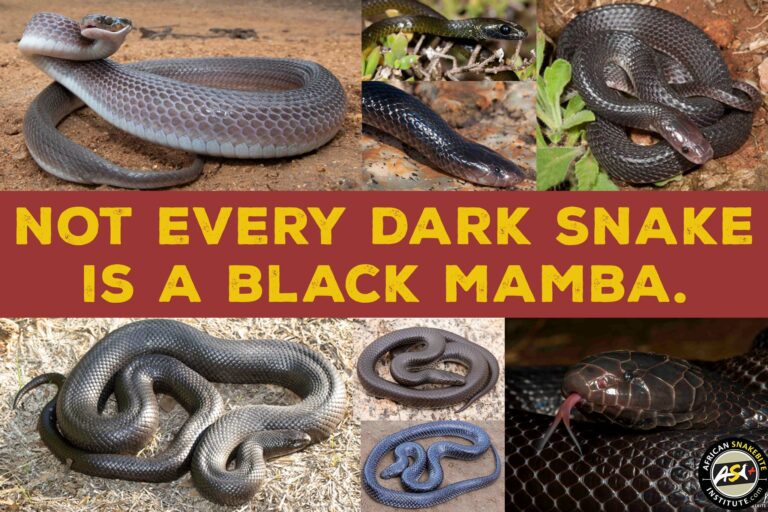
We spend a lot of time on social media spreading snake awareness and education and one of the comments we see most often on any photograph of a darkish snake is “it’s a Black Mamba!”.
There is no denying that the Black Mamba’s reputation spreads far and wide throughout Africa. It is a large, quick, and highly venomous snake, and nearly everybody has a story about the notorious Black Mamba.
As part of our snake awareness initiative, we’ve put together a list of key points to keep in mind when identifying small dark snakes.
Why it’s not a Black Mamba
Distribution
The first rule in identifying snakes is locality. Black Mambas have a wide distribution in southern Africa, but do not occur in the Western Cape province or the Free State. They have a limited distribution in the Eastern and Northern Cape and just enter the extreme northern parts of Gauteng.
Having said this – there is always the possibility of snakes “hitchhiking” to another area on transport trucks or vehicles. There is also the possibility of an escaped captive snake ending up in your garden.
The distribution of the Black Mamba, like that of most snakes, is largely linked to habitat, temperature, food availability and elevation. Mambas prefer warmer climates usually in bushveld habitat or rocky areas around coastal forests. They are often absent from grassland especially at higher elevations, and where there is frost in winter or even snow. This makes areas like the Free State or Western Cape unsuitable for Black Mambas.
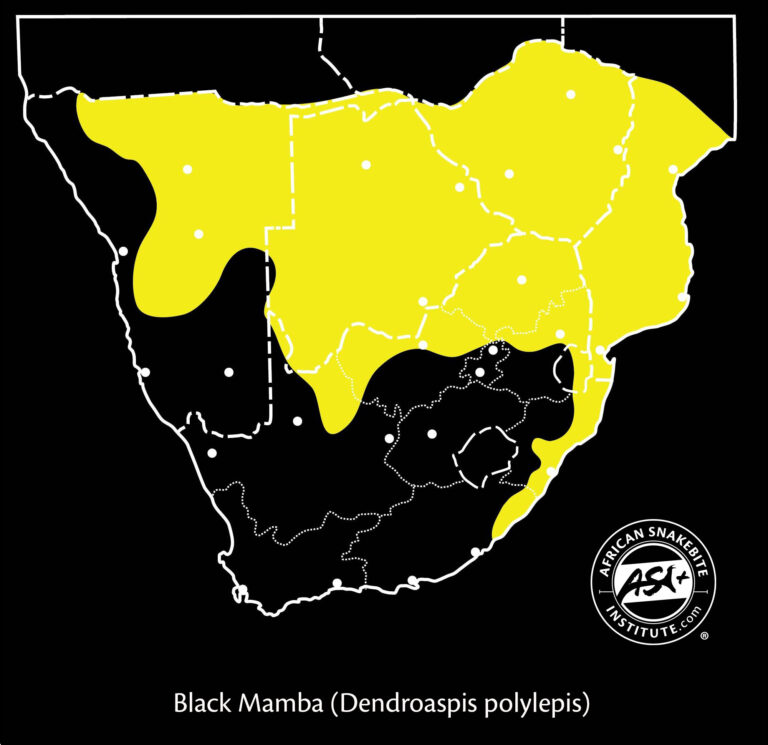
Length
Baby Black Mambas hatch at between 40 – 60cm in length. Any dark snake smaller than 40 cm is probably not a Black Mamba. Juvenile Black mambas under 1m in length are very elusive and are rarely seen. The average mamba encountered in southern Africa is around 2,2-2,8 m in length.
Colour
Black Mambas are rarely black in colour. They are usually light grey to olive in colour, darkening as they age to olive green, greyish-brown or gunmetal grey. Some individuals may even have some darker barring on the sides. The name Black Mamba is said to derive from the colour of the inside of the mouth, which is mostly inky black (but not always so – some individuals with light mouths have been noted). Juveniles are usually light grey but may have a darker tail. Black Mambas in parts of Namibia are known to be very dark, near black in colour.
Head shape
Black Mambas have quite a distinct long head shape. Often said to look like a coffin from the top – the side profile also shows an elongated head and somewhat of a smile. Most smaller black snakes such as the Natal Black Snakes, Stiletto Snake or Purple-glossed Snakes have short, rounded heads with small black eyes making them easy to tell apart from Black Mambas.
These snakes are shy and nervous and most people will never get to see one in the wild. If disturbed, they are quick to escape and usually disappear before people even spot them. They are agile, fast-moving snakes, often lifting the head off the ground as they move. Black Mambas are active during the day, hunting small mammals like rodents, tree squirrels and dassies. In suburban areas they are known to feed on feral kittens. The majority of small black snakes confused for mambas are slow-moving snakes that move at night or live underground and are only active on the surface after rain. Many of these small black snakes are senselessly killed out of fear and the majority are harmless to humans.
Search
Shopping Cart
CONTACT US:
Product enquiries:
Caylen White
+27 60 957 2713
info@asiorg.co.za
Public Courses and Corporate training:
Michelle Pretorius
+27 64 704 7229
courses@asiorg.co.za
Featured Products
-
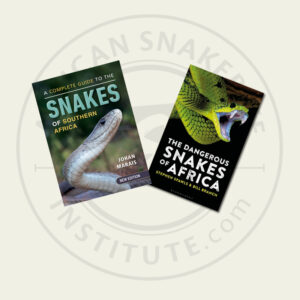 ASI Book Combo 1
ASI Book Combo 1
R1,315.00Original price was: R1,315.00.R1,120.00Current price is: R1,120.00. -
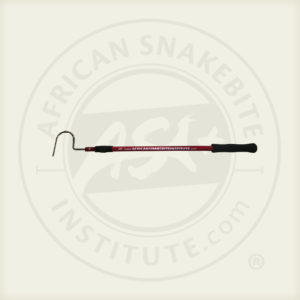 ASI Collapsible Snake Hook - 1.2 m
R650.00
ASI Collapsible Snake Hook - 1.2 m
R650.00
-
 ASI Combo C
R1,680.00
ASI Combo C
R1,680.00
